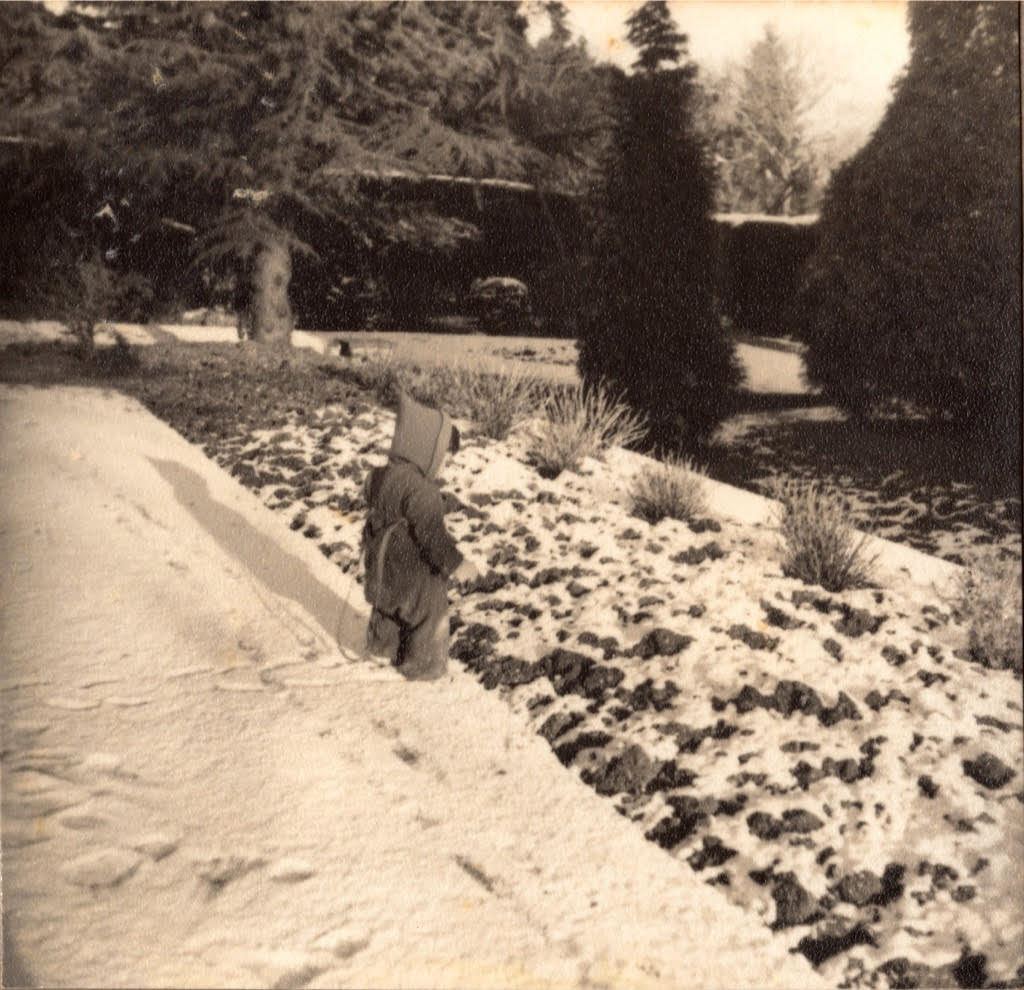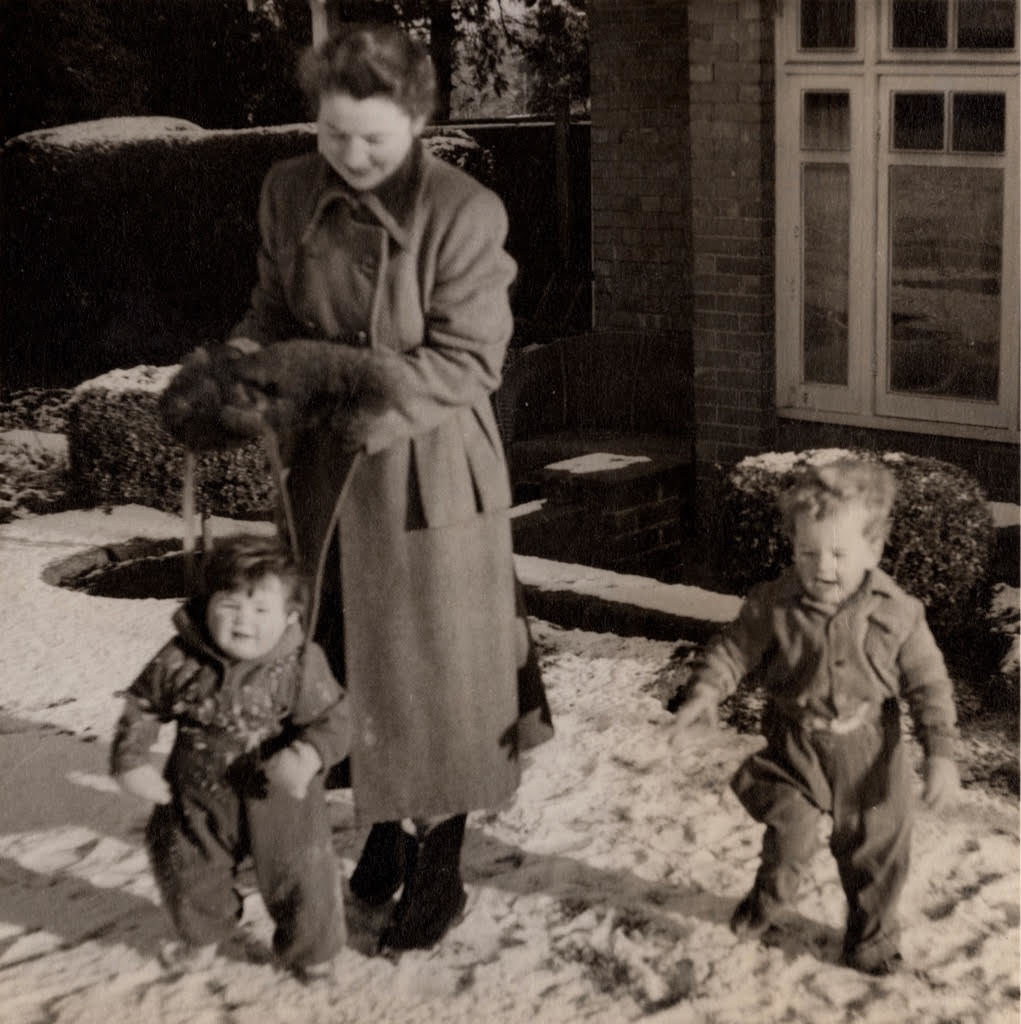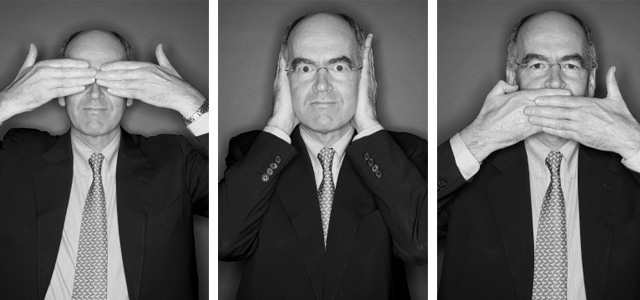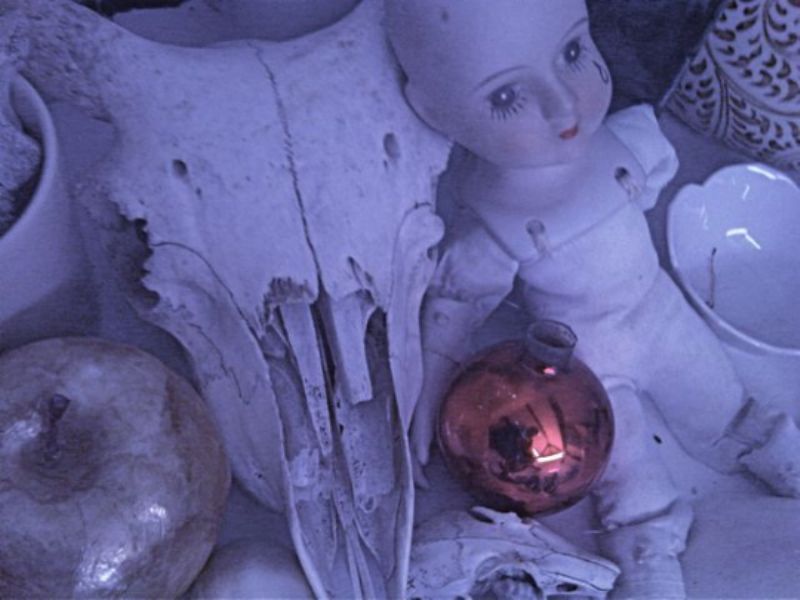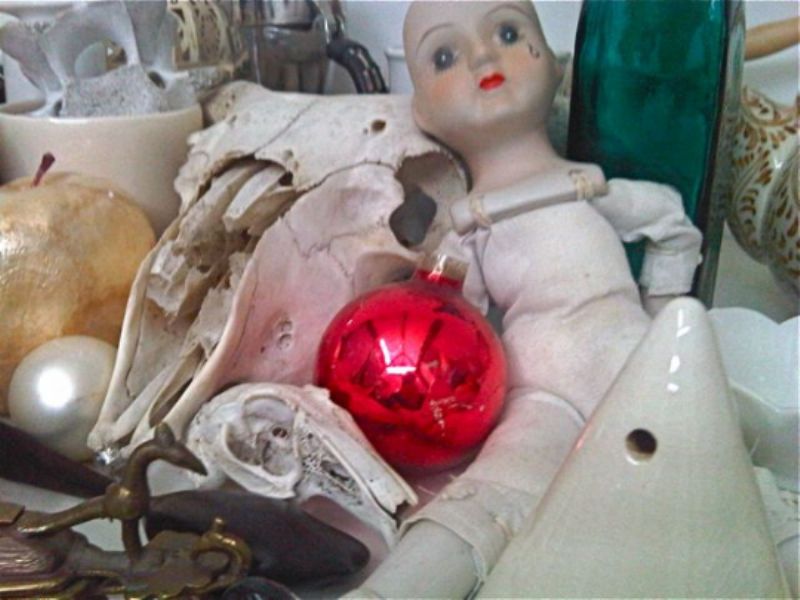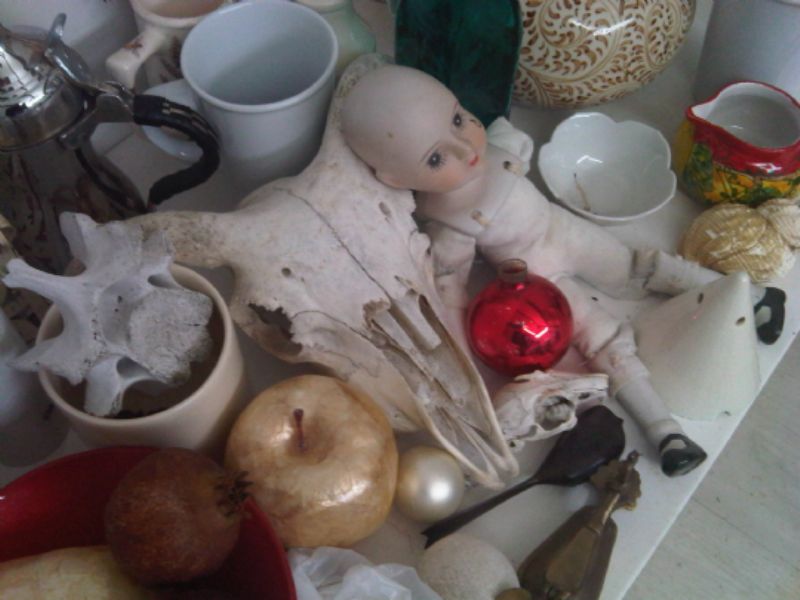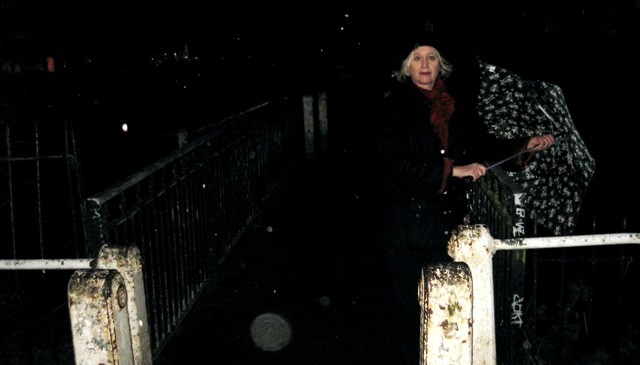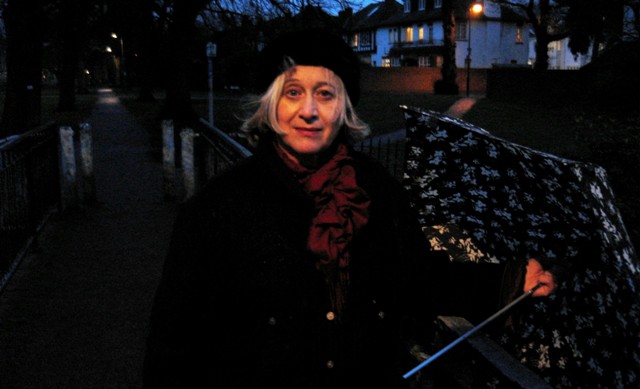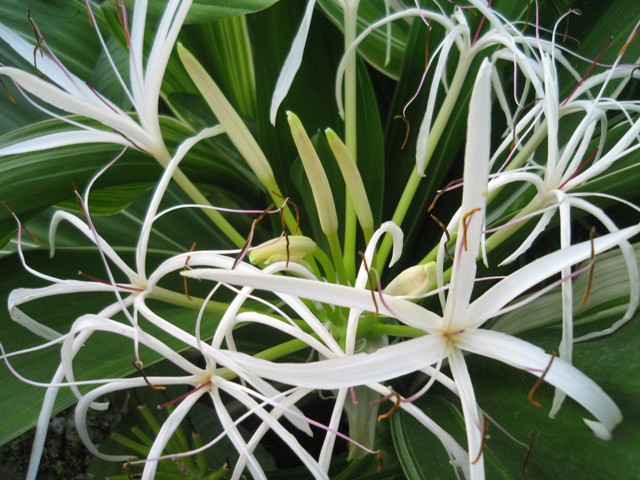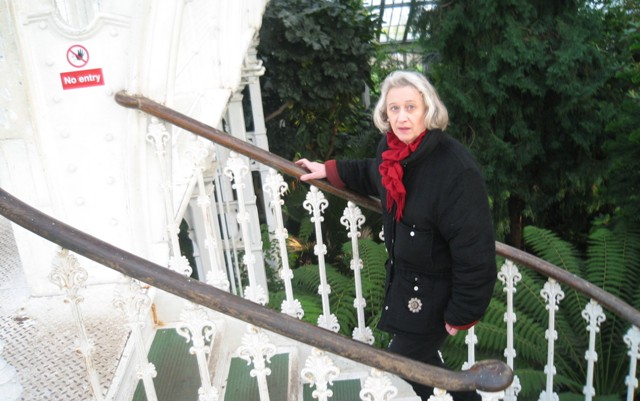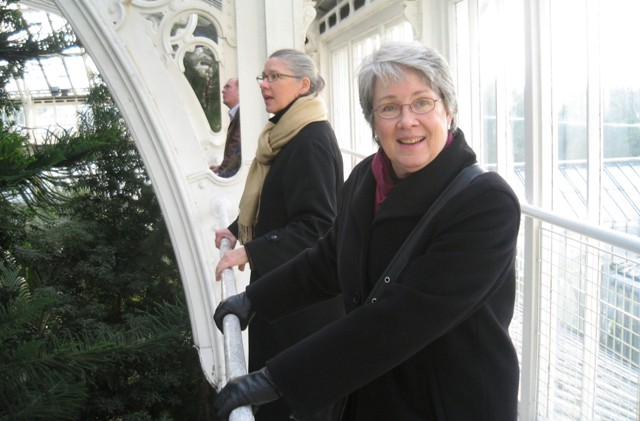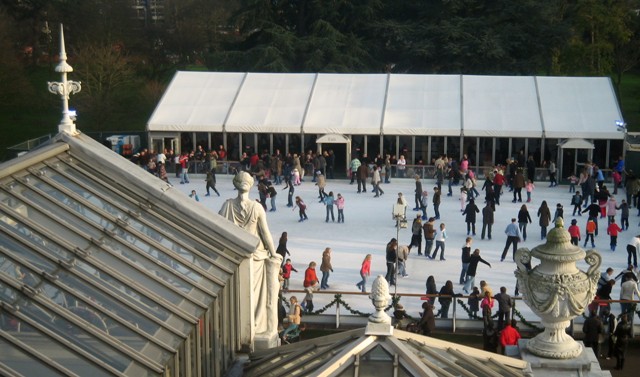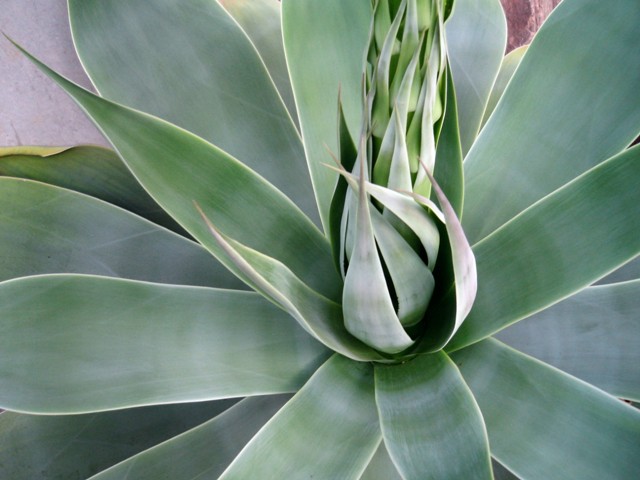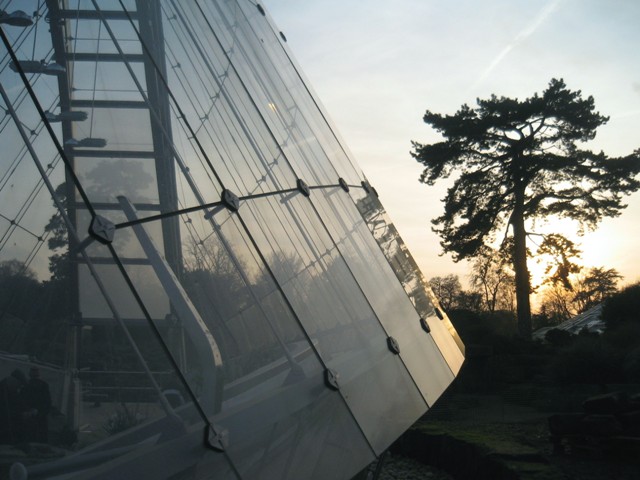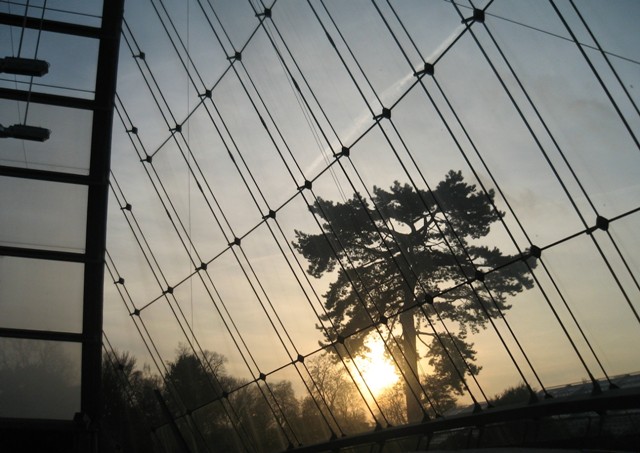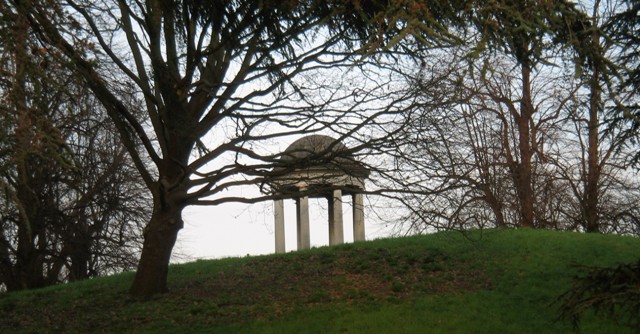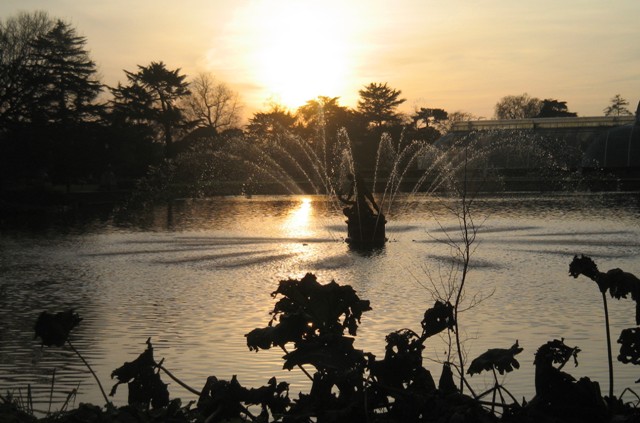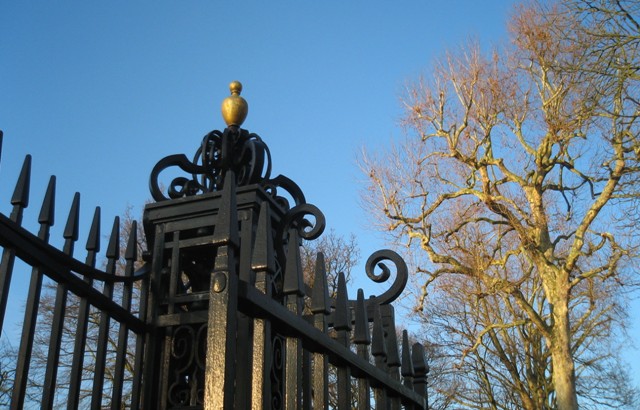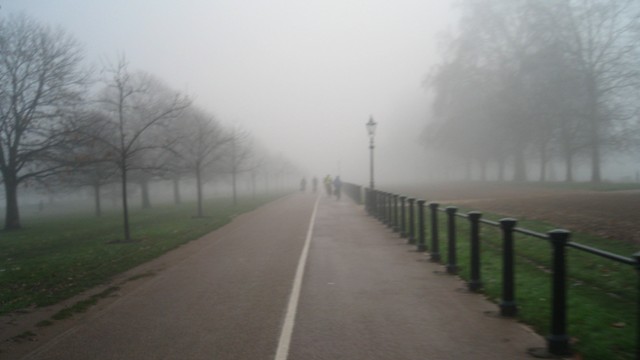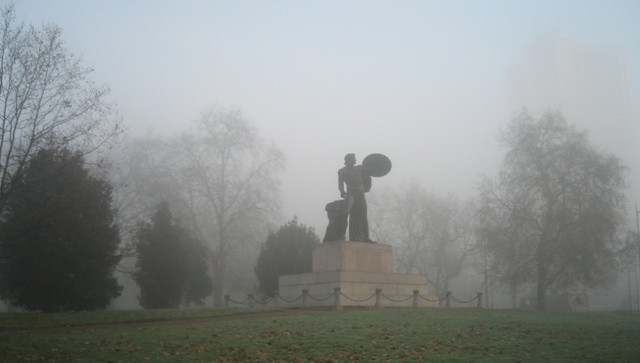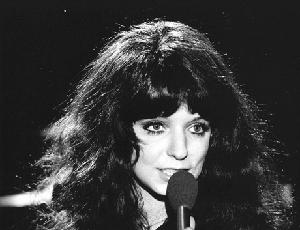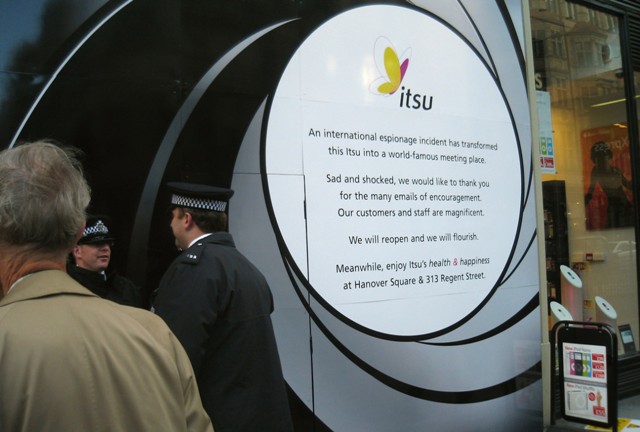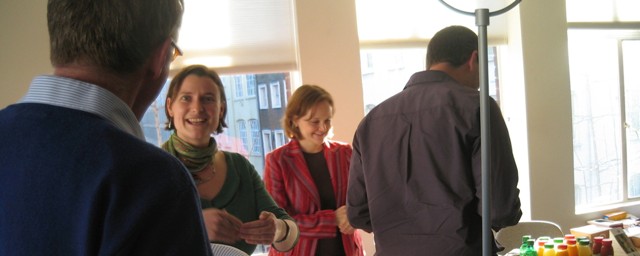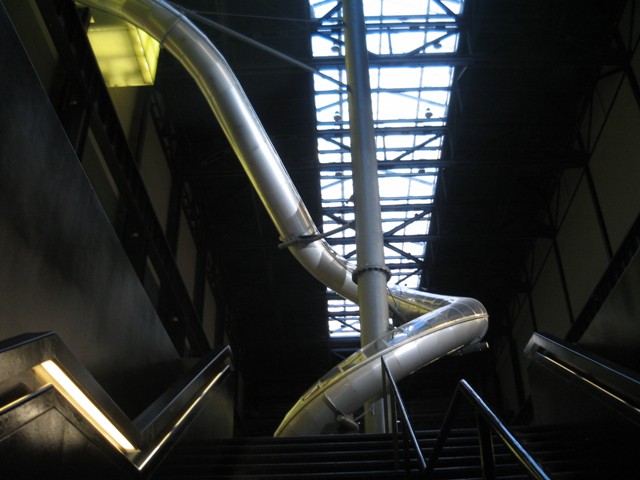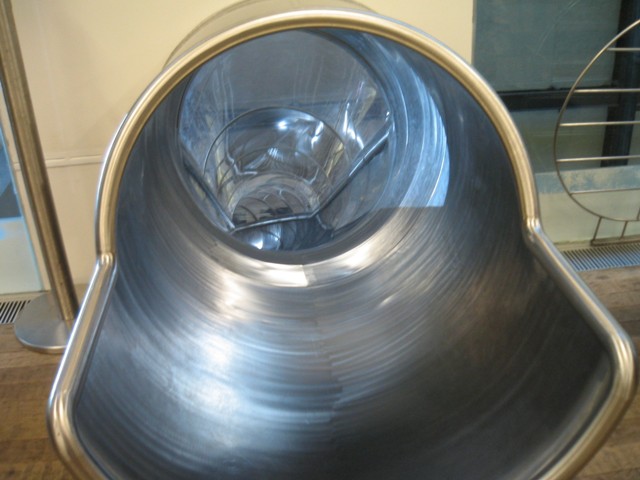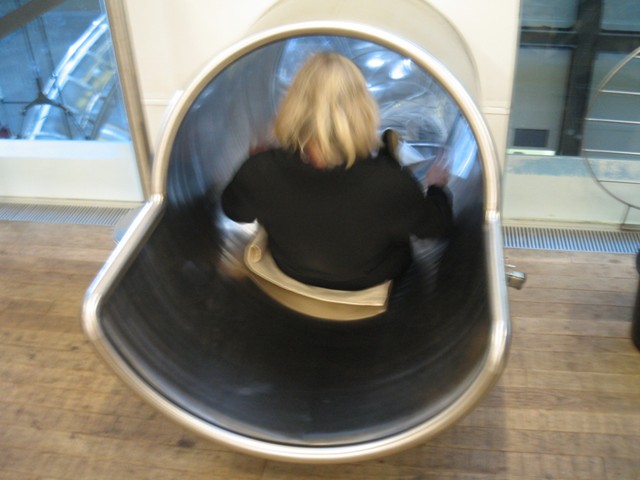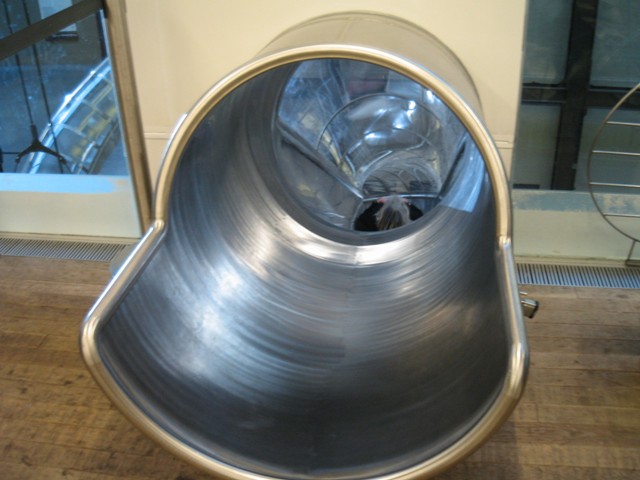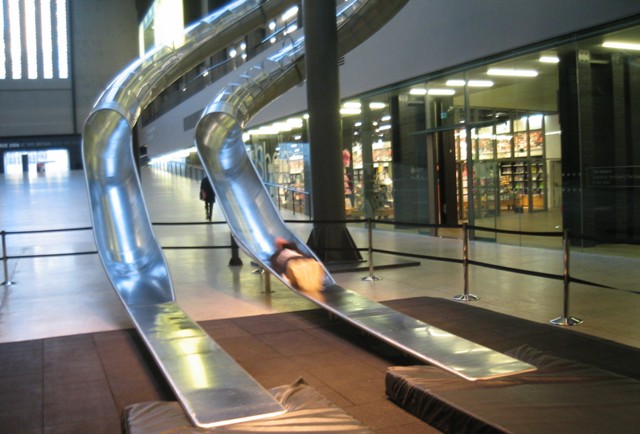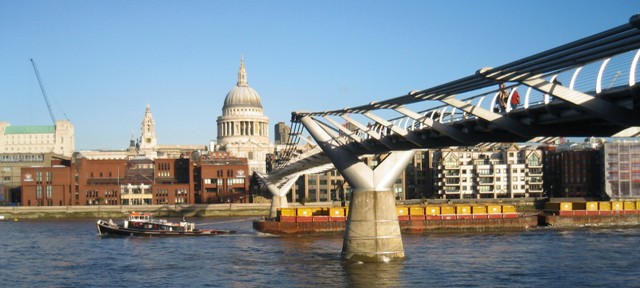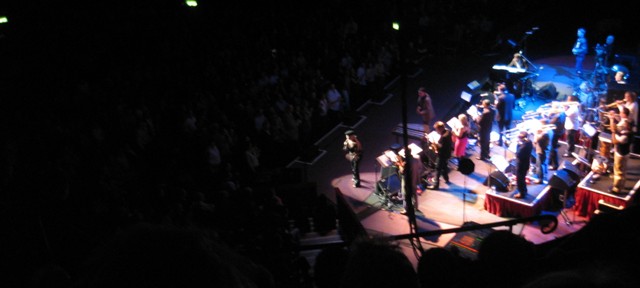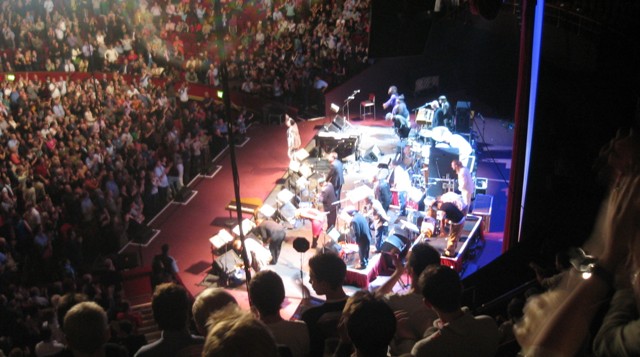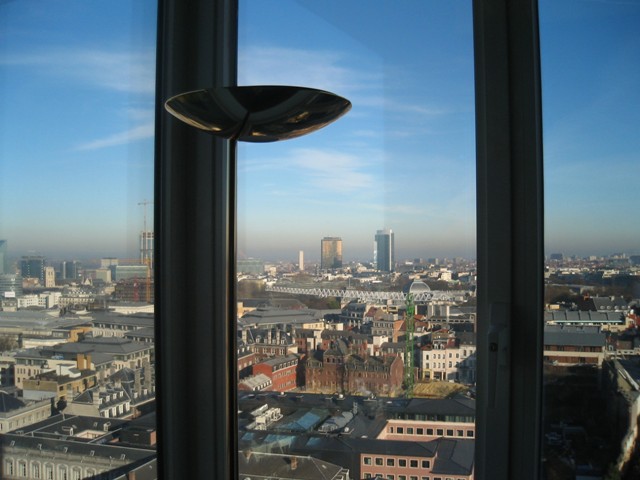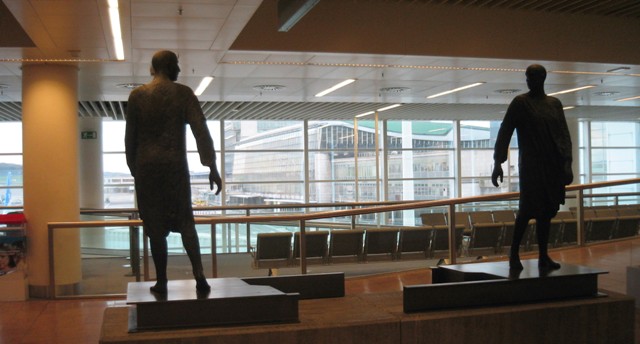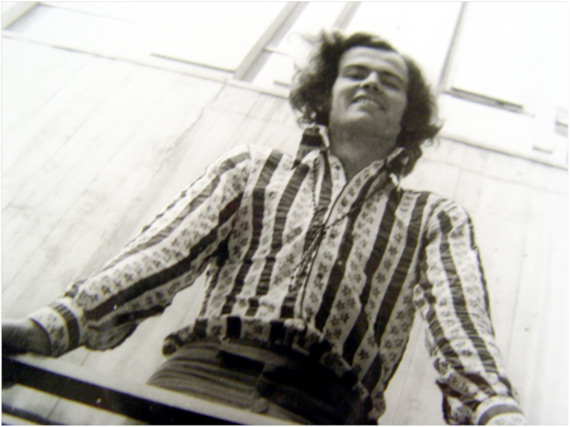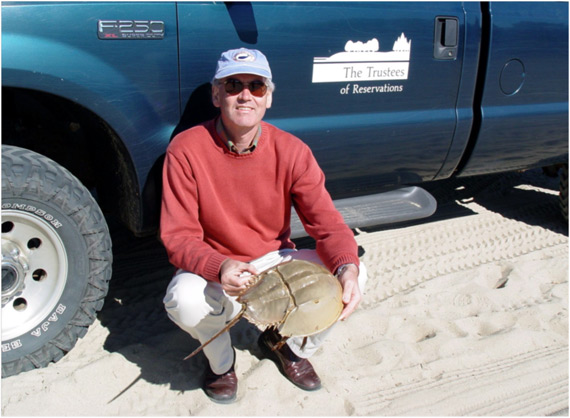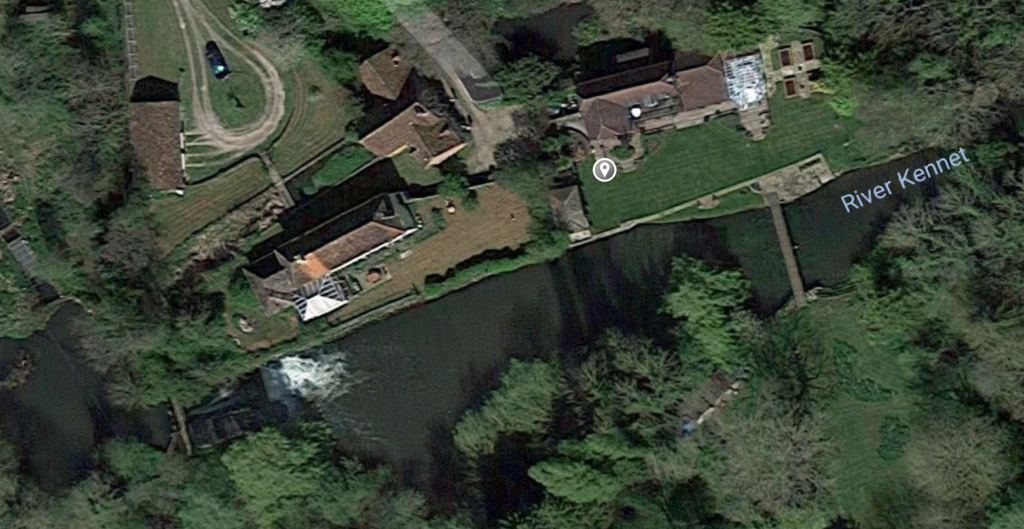
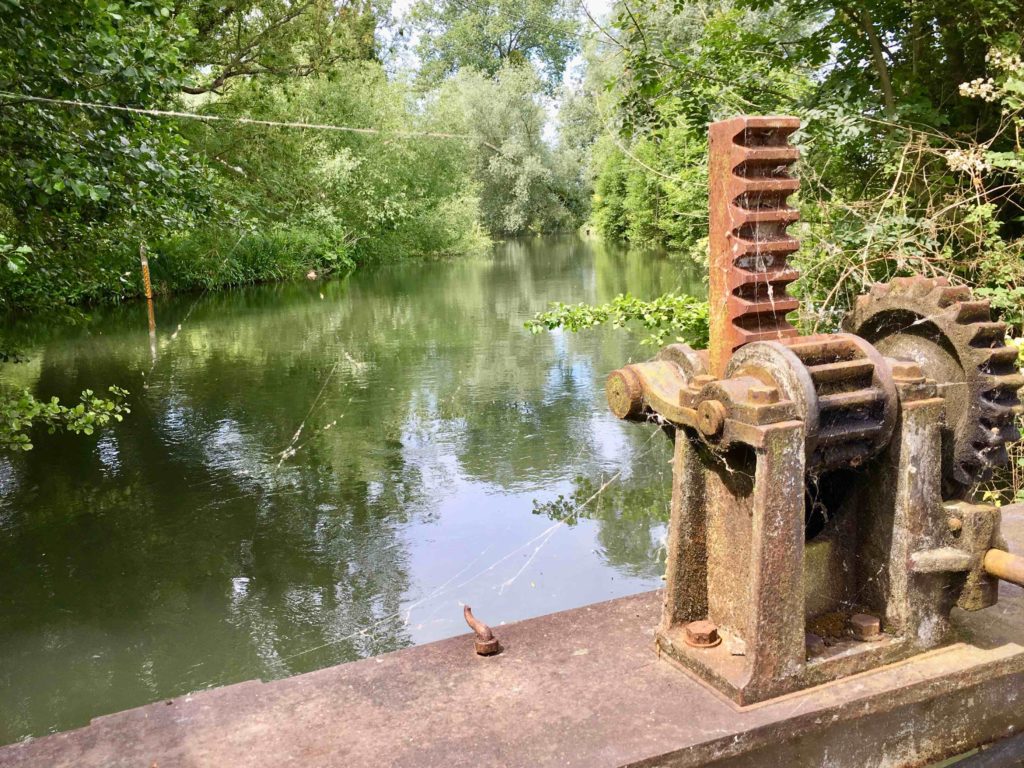
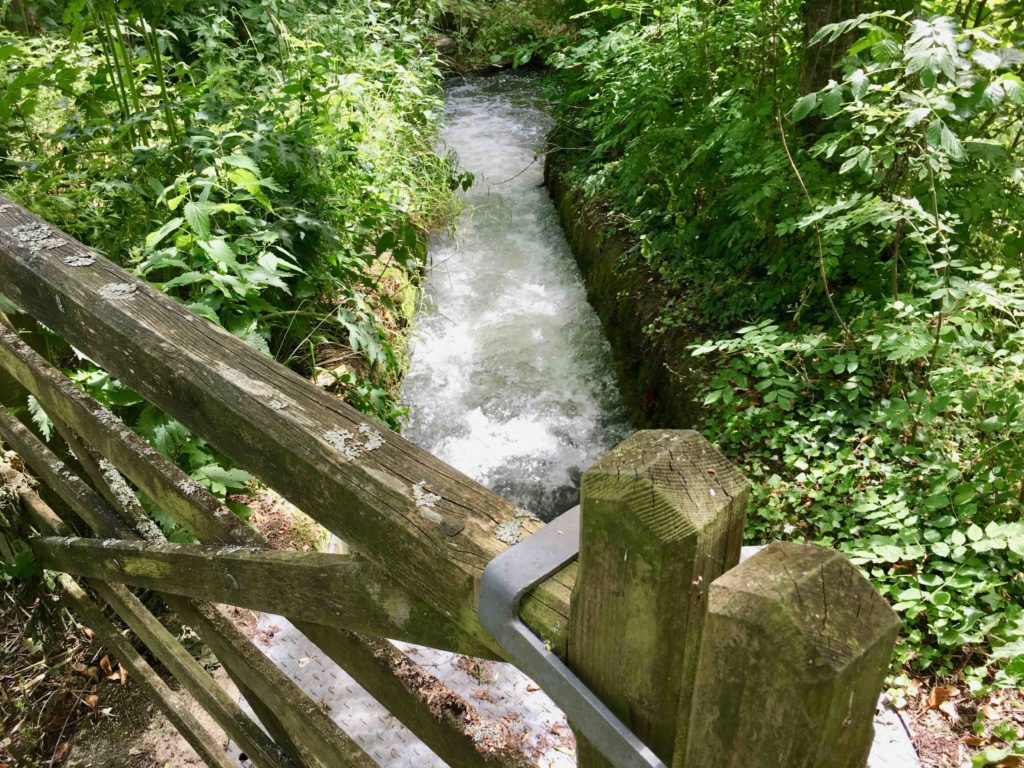
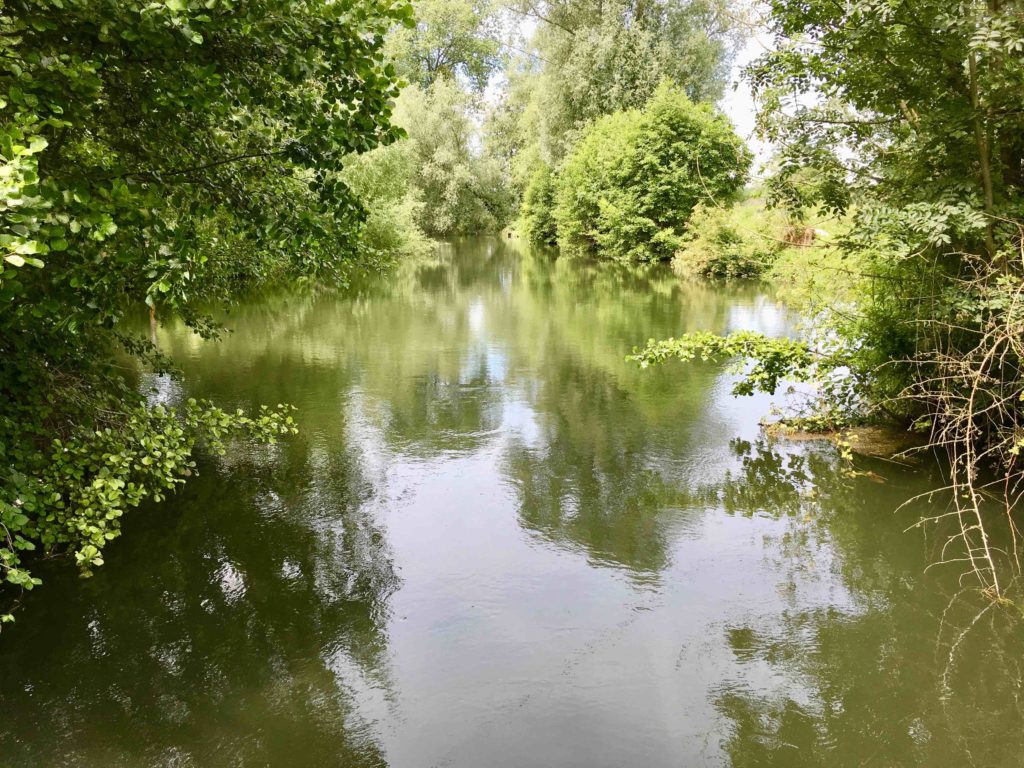
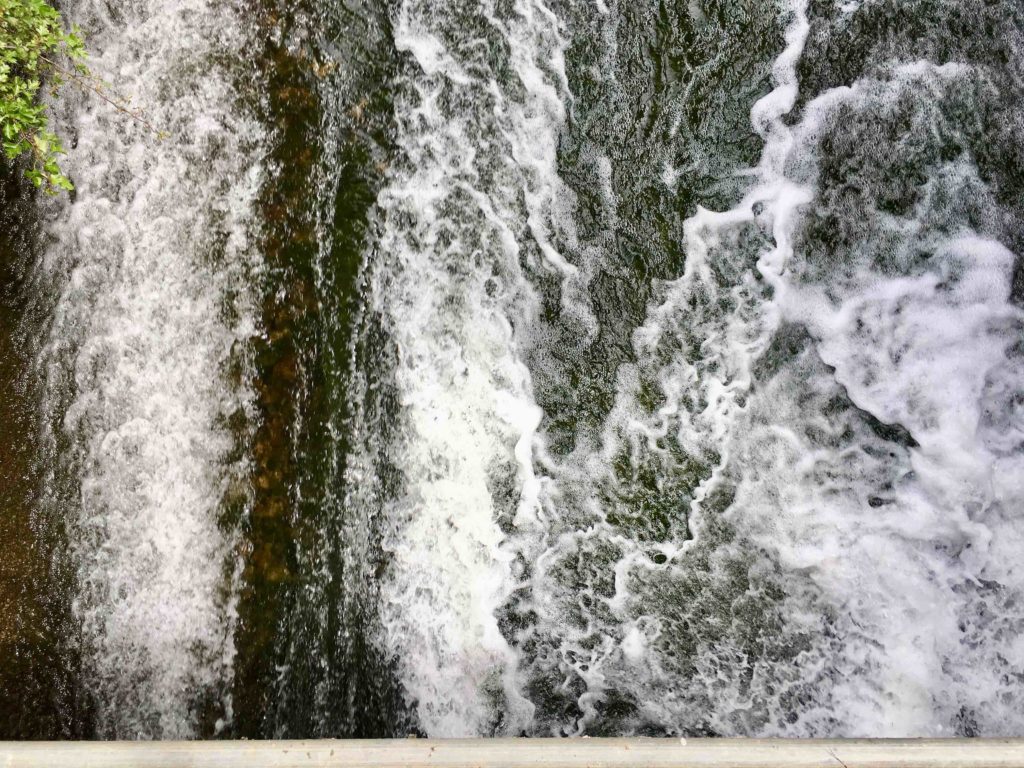
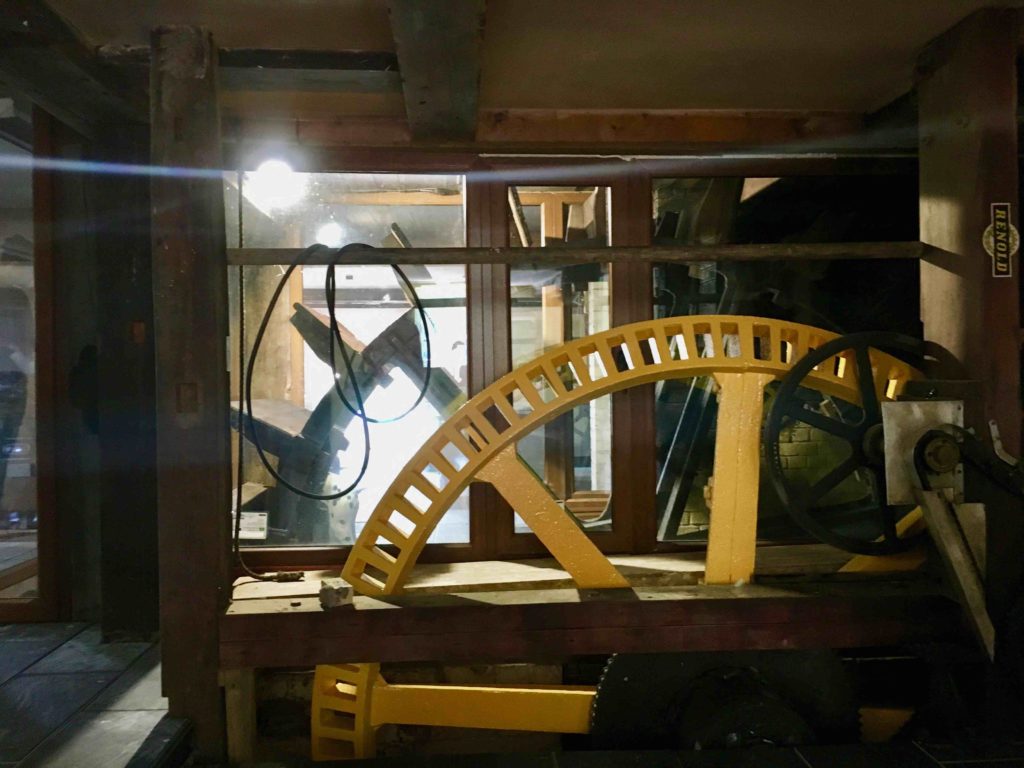
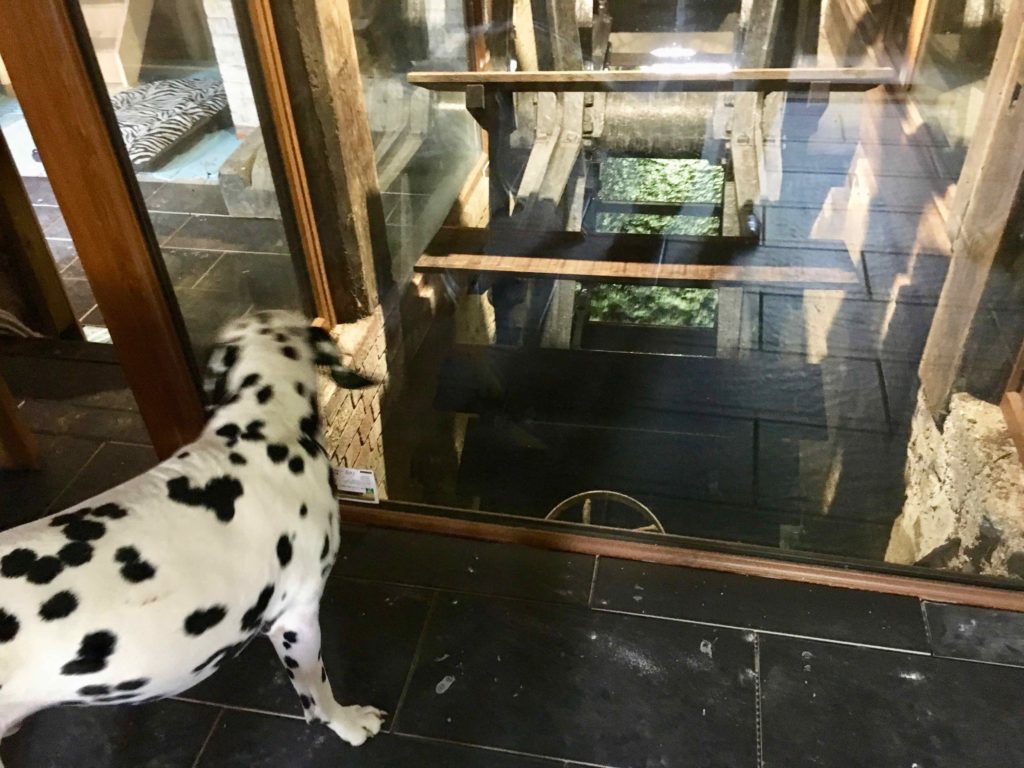
Today was my 69th birthday, so we had decided to head back, after decades of meaning to do so, to the gravel bed where I was spawned. In retrospect, the environment had a huge impact on me, including informing the visual identity for the first iteration of this website (scroll down the link to see the explanation by Rupert Bassett and Lynne Elvins), early in the century.

Every time I have written my place of birth on a passport or other document, it has always been Padworth – yet I had very little sense of the space, or so I thought, having left when I was around two years old, so probably in 1950 or 1951.
Two of the stories I had heard from my mother, Pat, were about kingfishers and blue underpants.
In the first, I would apparently sit enthralled when watching a family of kingfishers sitting on a branch overlooking the mill stream, at the back of Mill Cottage.
In the second, Pat looked out a window while shaking a duster, to see that I had overturned my pram, aged around eight months, and, wearing blue bottoms over my nappy, was heading into the reeds and, beyond, the water.
When, this morning, we found our way down Mill Lane, the unmade road to Padworth Mill, having previously and erroneously headed down Padworth Lane, it was unclear which of the three buildings in the tight-knit cluster, or hamlet perhaps, was the long-remembered Cottage.
When we first arrived at the security gates by the Mill, we had rung the ‘bell’, which rang and rang. Then a gruff male voice answered, saying that there was nothing to be done. Maybe a remote security guard?
Next a young woman, Tara, popped out of the Mill itself, accompanied by a Dalmation, one of a pair. Perhaps initially taking us for prospecting burglars, she was cautious, saying she didn’t know which of the buildings would have been the Cottage. Still, she suggested that we go around the corner to look at Mill House.
We made our way round to Mill House, shown in the photos above, which triggered a wave of memories in terms of the sounds and smells, the dragonflies and damselflies, and emergent vegetation in the mill leat, in front of the building.
Indeed, something seemed to break loose in my brain. It seems that I have conflated two memories over the years.
The first was of a small stream up behind the farm where we lived in the mid-1950s outside Limavady, in Northern Ireland. In memory, this had become something of a mini-Amazon, though I knew it can’t have been. Now, today, we had found my mini-Amazon, with the River Kennet flowing alongside the mill leat, the sluice and the mill stream. and the sound of water all around.
I remembered, too, the story of my father, Tim, shooting a pike with a bow and (presumably tethered) arrow from a bedroom window in the Cottage, which made me think that Mill House probably wasn’t the site of that ambush. The river was too far away, the leat too shallow.
My instinctive reaction, throughout, was that the other building, now called Island House, must have been Mill Cottage. (Something Tim has since confirmed.) Then, in Googling around after we got back, I came across this ‘Paradise Lost‘ story, featuring TV presenter Melinda Messenger of Channel 5.
Another story Pat told me today, in passing, was that one of our nannies at Mill cottage had formerly worked for Valerie Hobson, the actress who married John Profumo and ended up embroiled in the Christine Keeler affair. It’s amazing, if you squint, how tangled the web of history can become.
After I had swarmed across the footbridge that spans the foaming sluice, allowing you to look down on the electricity generating machinery and salmon race, we went back to the Mill. Tara reappeared with a slip of paper from an 82-year-old local mill historian, Tom Hine. I emailed Tom when we got back to London – and promptly got this reply:
Hello John, my goodness you’ve left it a long time since re-visiting after all these years! It’s a bit of a rough ride down to the mill, eh? Yes, I am a Berks Mill Historian – more than 150 mill sites in the county. Is there anything that you specifically want to know? The site pre dates ‘1066 & all that’. There was a corn mill recorded there in Saxon times. Many flour millers followed over the centuries. It is good that Wayne and wife are giving it a breath of new life after many years of decay. Kind Regards…………Tom Hine.
As I wrote down Tom’s name, and Tara explained what was still in the Mill, I asked whether we could possibly take a look? She and her husband welcomed us in – and it was really quite extraordinary. Wayne has boxed in much of the original workings with double glazing, so the mill race flows right through their home. See the picture, with attendant Dalmation. A truly spectacular bit of restoration under way.
After a bit more conversation, we took to the road, with the kindly Google Maps woman telling us where to go. The route was wonderful, through places like Pangbourne, Goring and Nettlebed.
At times our guide, speaking from my iPhone propped in a tray in the Volvo, seemed to be taking us the scenic route – but we arrived in Henley bang on time for a wonderful lunch with my brother’s former wife, Christina. (He was also born in Mill Cottage.) Christina has achieved wonders with her new home, over which clouds of kites wheeled and dove.
Afterwards, we all took a walk through town, alongside George Harrison’s Friar Park estate, which is just around the corner, and then down the hill into Henley proper. I loved George back in the day – and was horrified that his family life was so rudely disrupted when someone swarmed over the fence with murderous intent.
Oddly, when we got home both my long-time friend and colleague Geoff Lye and our daughter Hania had sent links to the Late Last Show’s Carpool Karaoke film in which (Sir) Paul McCartney returns to his own birthplace in Liverpool. Delightful – and a very similar spirit to our jaunt today, though sadly I didn’t get to play a concert in a pub.
Next time? Meanwhile, I can at at least listen again to Paul singing Birthday at the Grammys 2014 Tribute to The Beatles …
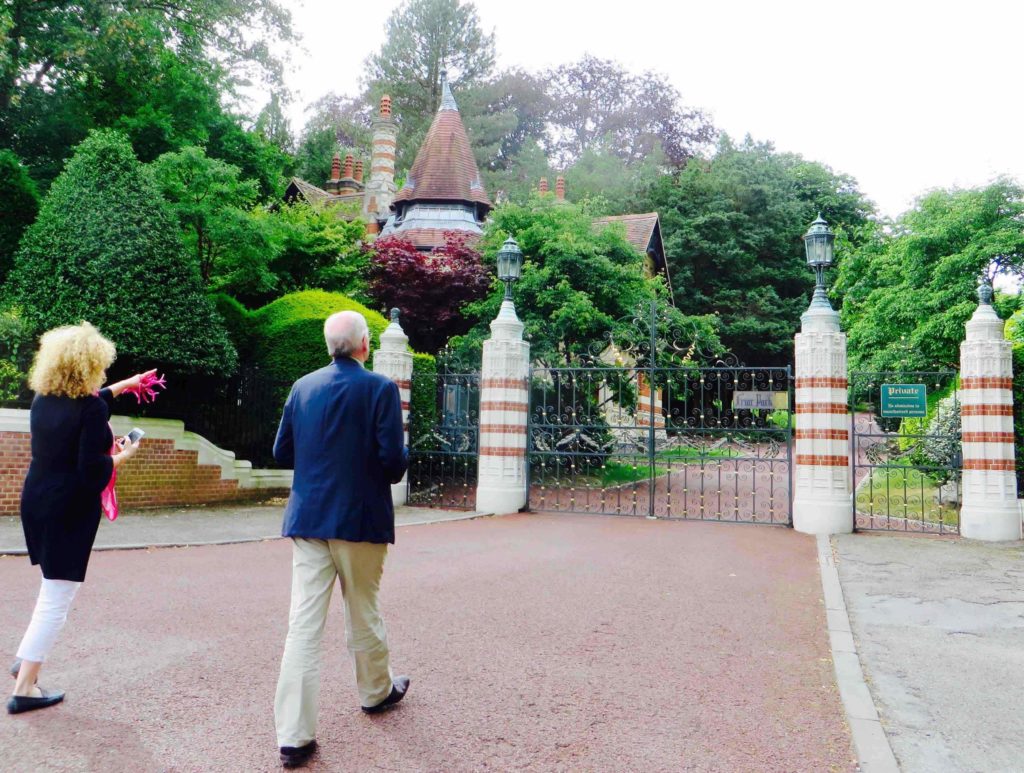
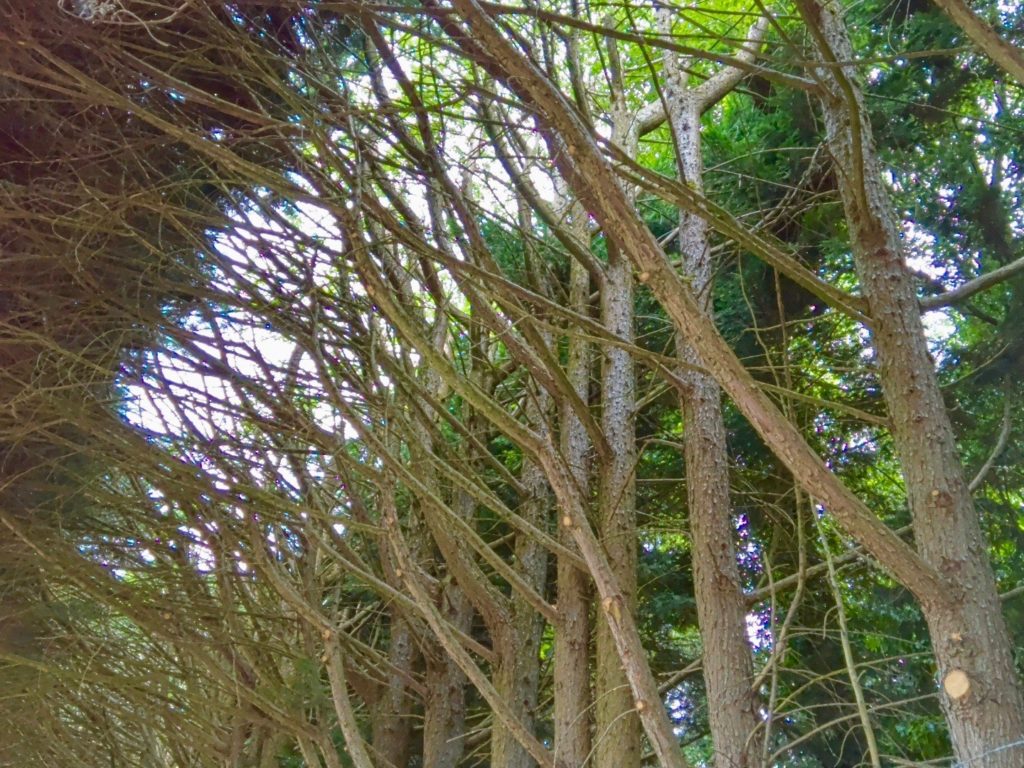
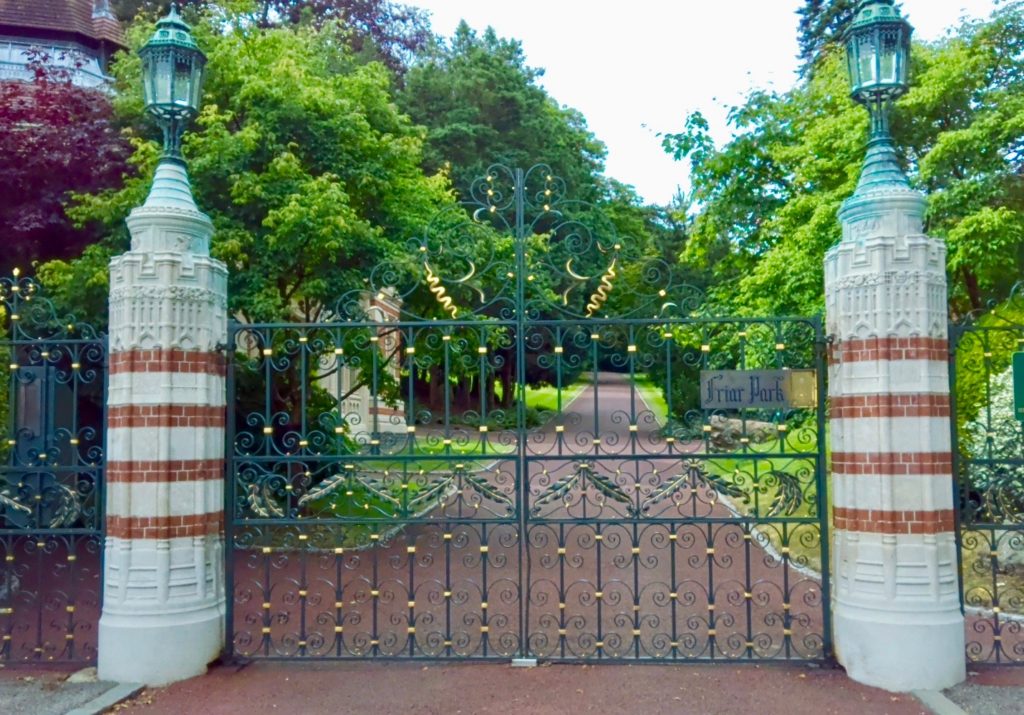
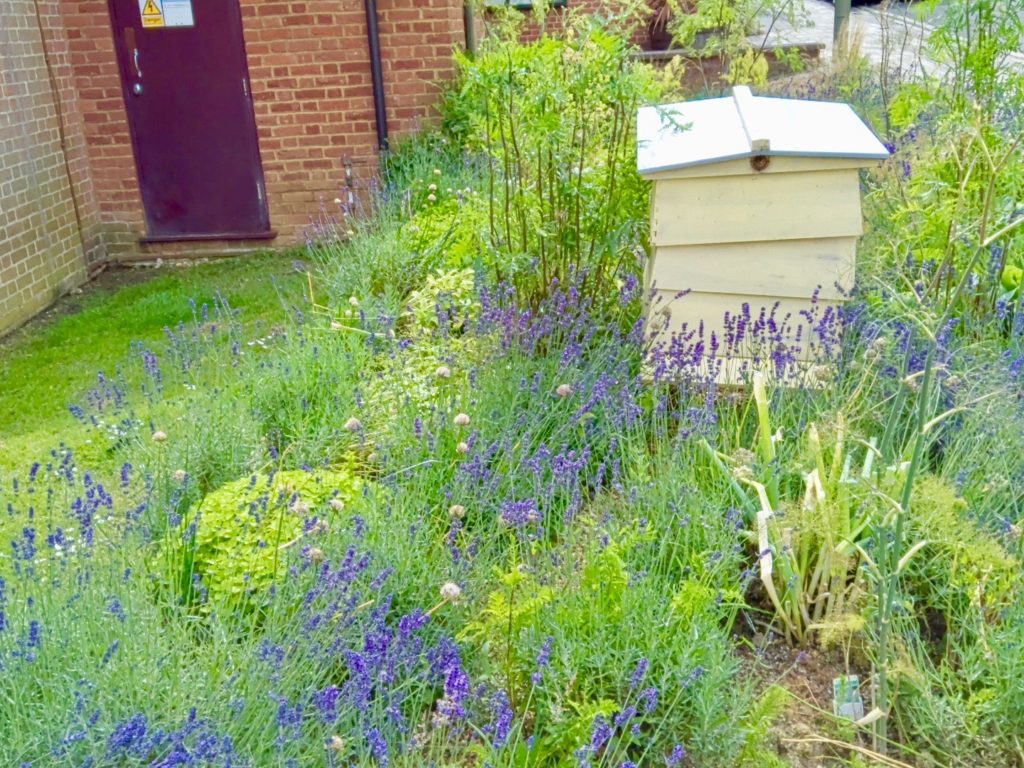
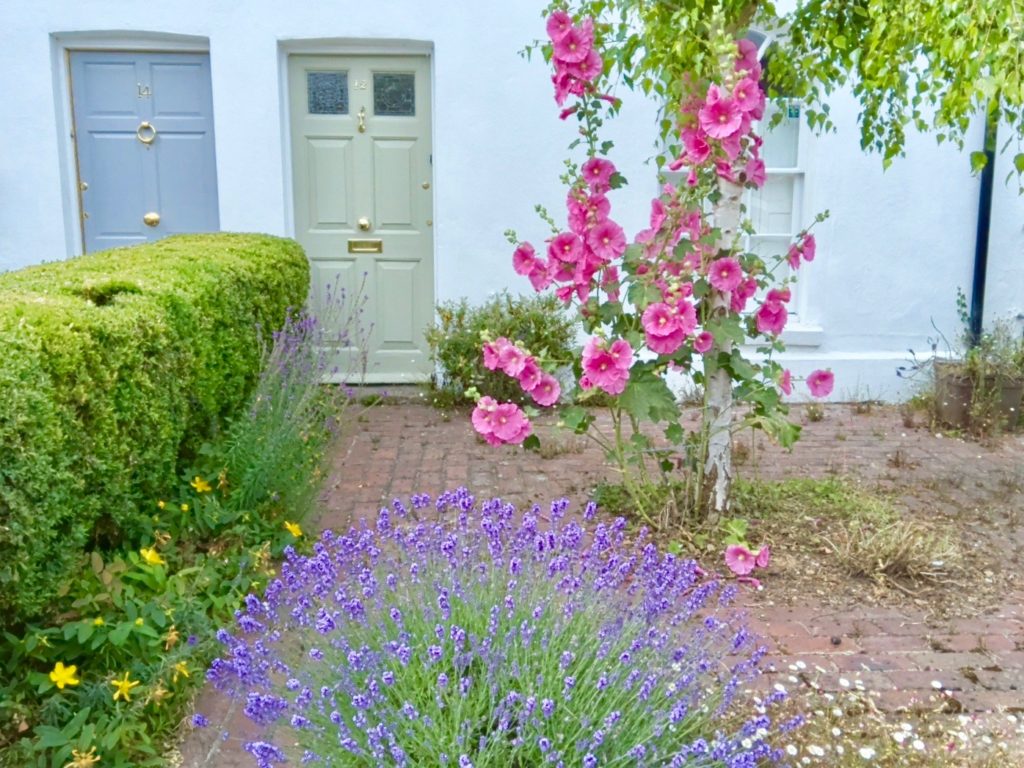
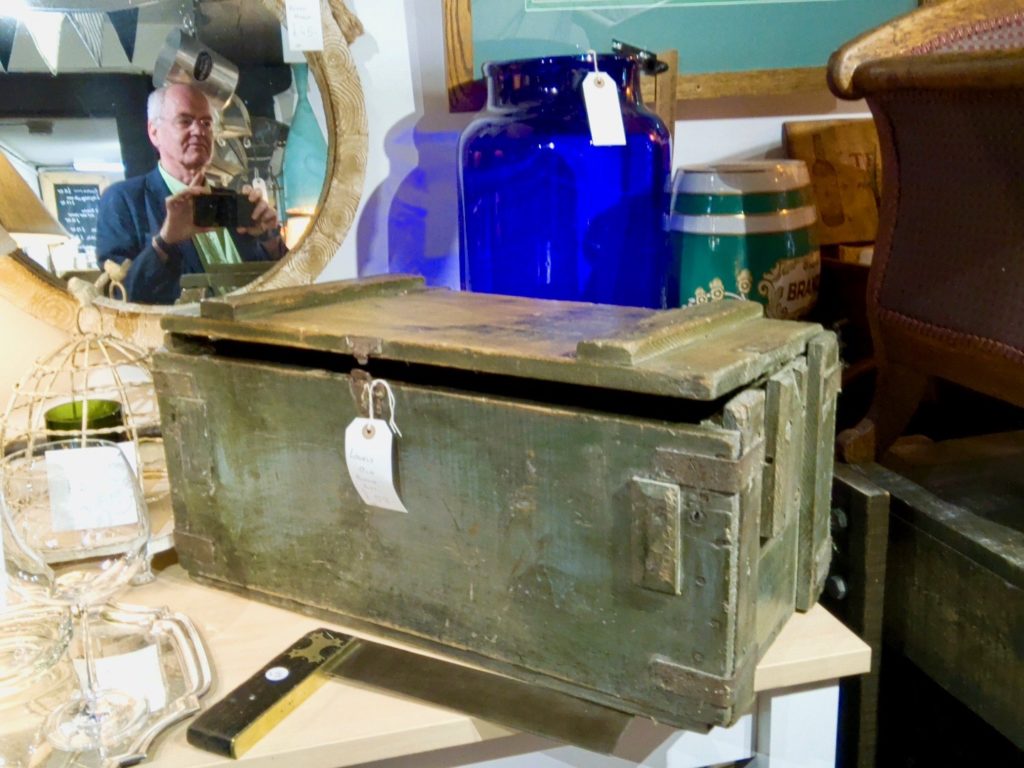
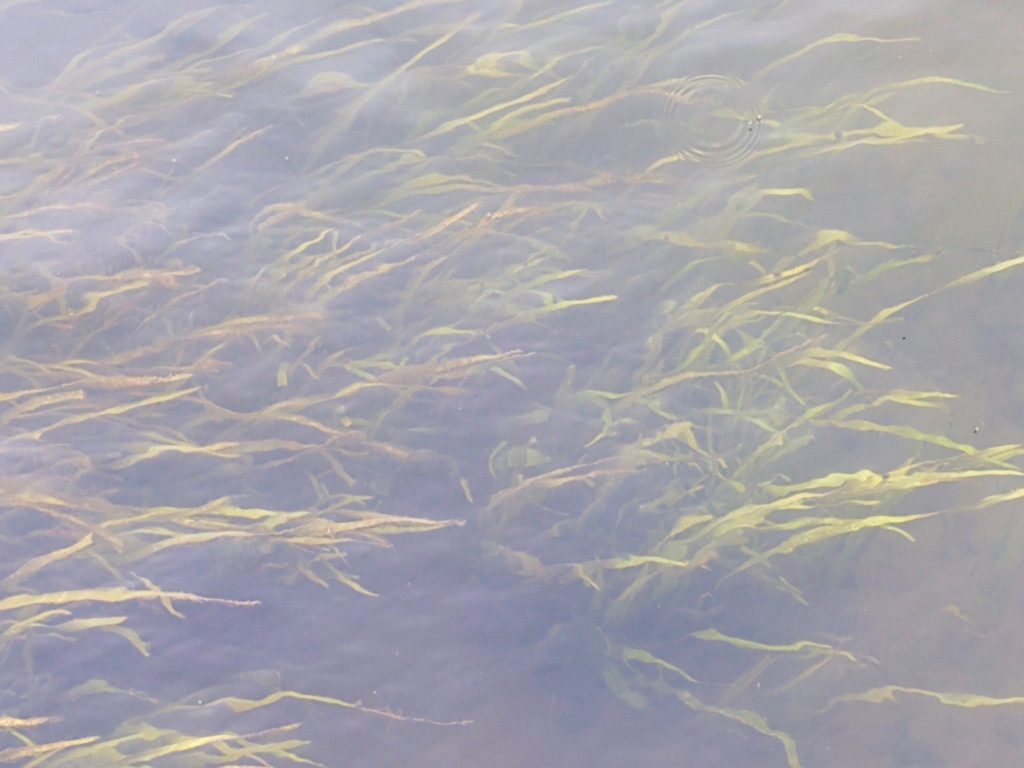
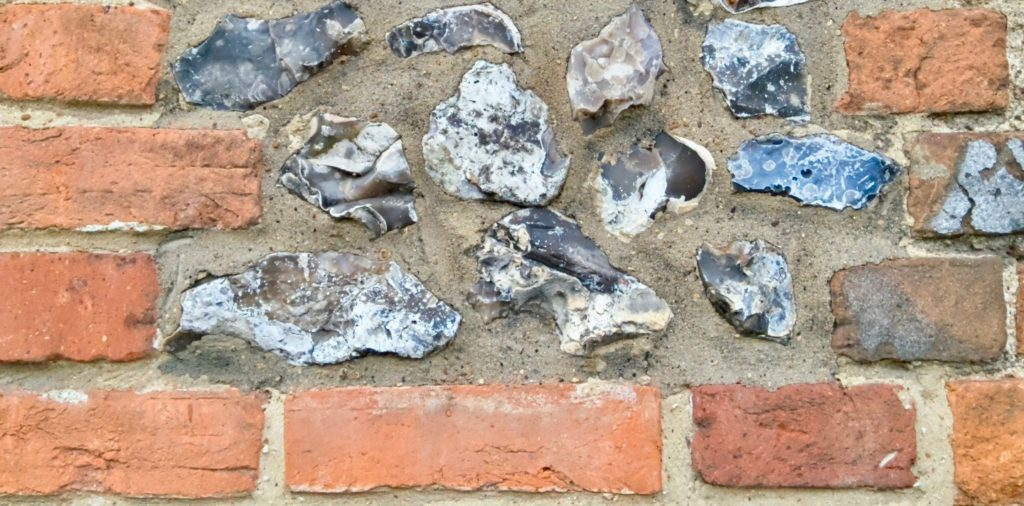
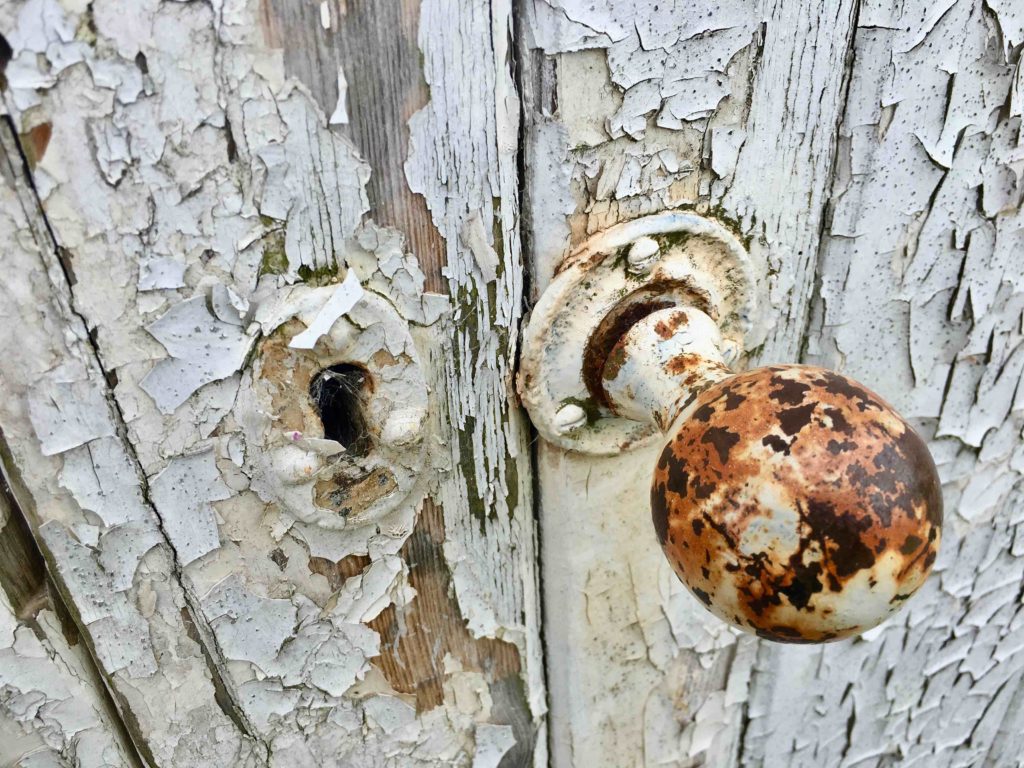
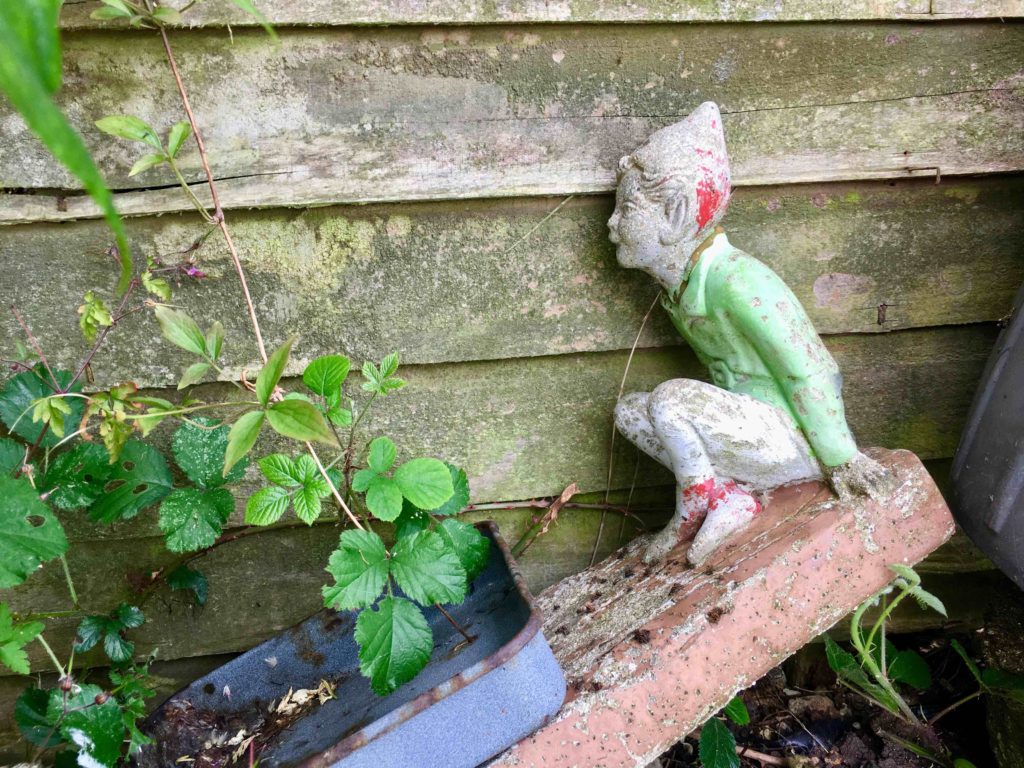
NOTES
Gray and Juan, his youngest son, dropped in on Padworth Mill some six years ago. Here are a couple of his photos from then, the wooden bridge confirming the identification of Island House with the erstwhile Mill Cottage.

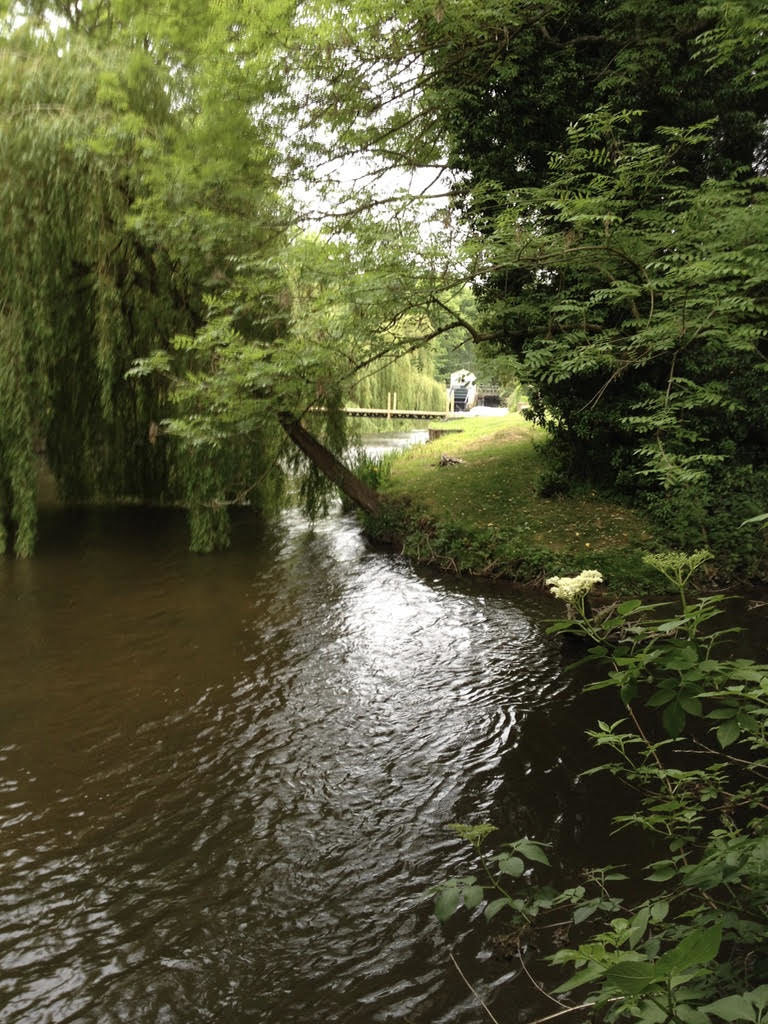
While we were with Christina in Henley, she mentioned that the Elkington had lived in Henley soon after Padworth. Gray sent me a list of his guesstimates of places and timings:


